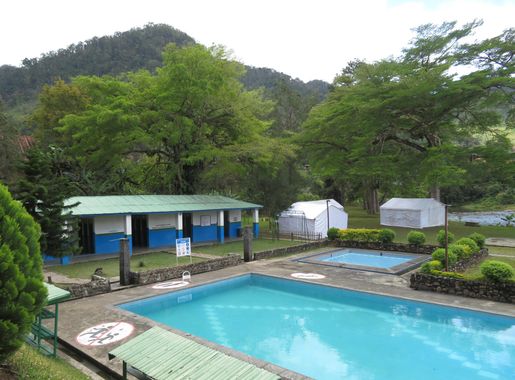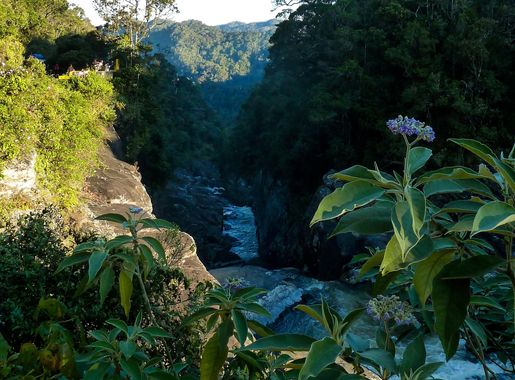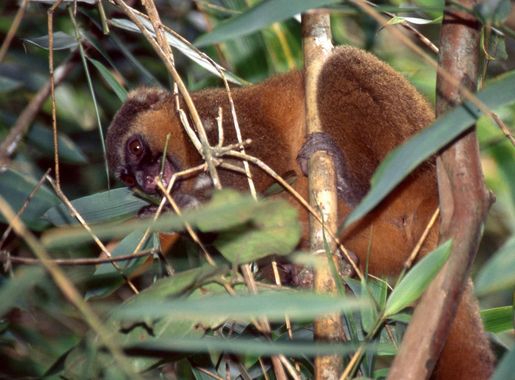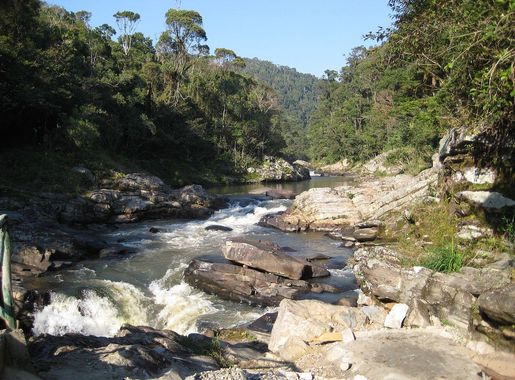
Exploring the Wonders of Ranomafana National Park
Ranomafana National Park: A Biodiversity Hotspot in Madagascar's Lush Rainforests, Offering Unique Wildlife Encounters and Breathtaking Natural Landscapes.
Ranomafana National Park, nestled in the heart of Madagascar, offers a lush, vibrant ecosystem that is a paradise for nature lovers. This UNESCO World Heritage site spans over 41,000 hectares of rainforest, home to an incredible array of wildlife, including many species found nowhere else on Earth. The park's name, meaning 'hot water' in Malagasy, originates from the hot springs located within its boundaries, making it a unique and fascinating destination. Visitors to Ranomafana can embark on guided treks through dense forests, encountering rare species like the golden bamboo lemur and the greater bamboo lemur, both of which are critically endangered. The park's rich biodiversity also includes over 130 species of frogs and numerous birds, reptiles, and insects. Bird watchers will be delighted with the chance to spot the elusive Pitta-like Ground Roller and other endemic birds. In addition to its wildlife, Ranomafana National Park features stunning landscapes, with cascading waterfalls, winding rivers, and lush greenery. The Namorona River, which runs through the park, adds to the scenic beauty and offers opportunities for refreshing dips. The park's trails vary in difficulty, catering to both casual walkers and seasoned hikers. With local guides providing valuable insights into the flora and fauna, a visit to Ranomafana is not only an adventure but also an educational experience.
Local tips in Ranomafana National Park
- Hire a local guide to enhance your experience and increase your chances of spotting rare wildlife.
- Wear comfortable, waterproof hiking shoes as trails can be muddy and slippery, especially after rains.
- Bring insect repellent and long-sleeved clothing to protect against mosquitoes and other insects.
- Plan your visit during the dry season (April to November) for better hiking conditions and wildlife viewing.
- Don't miss the thermal baths near Ranomafana village for a relaxing soak after a day of trekking.
Exploring the Wonders of Ranomafana National Park
Ranomafana National Park, nestled in the heart of Madagascar, offers a lush, vibrant ecosystem that is a paradise for nature lovers. This UNESCO World Heritage site spans over 41,000 hectares of rainforest, home to an incredible array of wildlife, including many species found nowhere else on Earth. The park's name, meaning 'hot water' in Malagasy, originates from the hot springs located within its boundaries, making it a unique and fascinating destination. Visitors to Ranomafana can embark on guided treks through dense forests, encountering rare species like the golden bamboo lemur and the greater bamboo lemur, both of which are critically endangered. The park's rich biodiversity also includes over 130 species of frogs and numerous birds, reptiles, and insects. Bird watchers will be delighted with the chance to spot the elusive Pitta-like Ground Roller and other endemic birds. In addition to its wildlife, Ranomafana National Park features stunning landscapes, with cascading waterfalls, winding rivers, and lush greenery. The Namorona River, which runs through the park, adds to the scenic beauty and offers opportunities for refreshing dips. The park's trails vary in difficulty, catering to both casual walkers and seasoned hikers. With local guides providing valuable insights into the flora and fauna, a visit to Ranomafana is not only an adventure but also an educational experience.
When is the best time to go to Ranomafana National Park?
Iconic landmarks you can’t miss
Isalo National Park
Experience the breathtaking landscapes and unique biodiversity of Isalo National Park, a must-visit destination in Madagascar for nature lovers and adventurers.
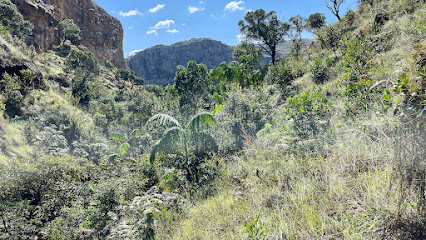
Lemurs Park
Discover Madagascar's unique biodiversity at Lemurs Park, a sanctuary for the island's fascinating lemurs and a hub for conservation education.
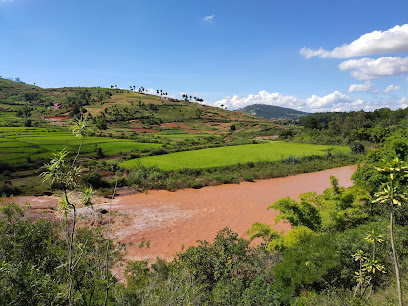
Anja Community Reserve
Explore Anja Community Reserve, a stunning sanctuary in Madagascar known for its unique wildlife, scenic landscapes, and local cultural experiences.
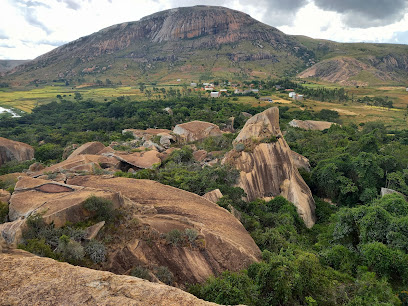
Andasibe-Mantadia National Park
Discover the breathtaking biodiversity and lush landscapes of Andasibe-Mantadia National Park, a natural wonder in the heart of Madagascar.
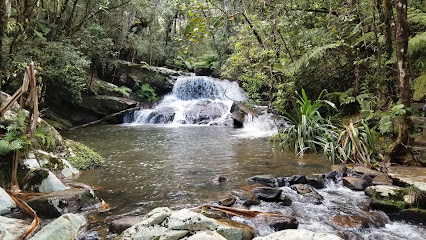
Tsingy De Bemaraha National Park
Explore Tsingy De Bemaraha National Park, a UNESCO World Heritage site in Madagascar, known for its stunning limestone formations and diverse wildlife.
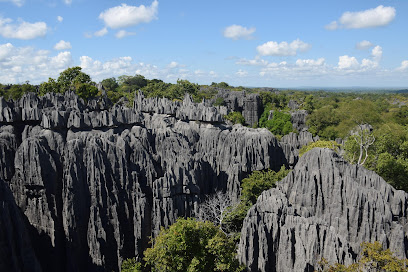
Reserve Reniala
Experience the breathtaking beauty and unique biodiversity of Reserve Reniala, a premier nature preserve in Madagascar perfect for nature lovers and adventurers.
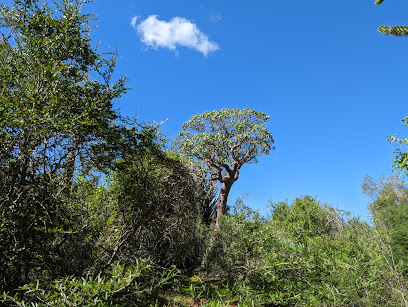
Parc Ivoloina
Discover Madagascar's wildlife wonders at Parc Ivoloina, a captivating zoo and conservation haven in a lush tropical paradise.
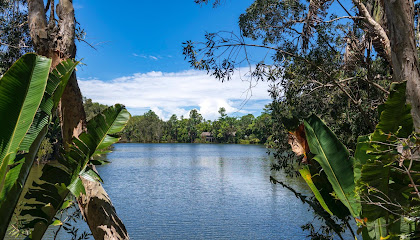
Ankarafantsika National Park
Explore Ankarafantsika National Park, a stunning natural paradise in Madagascar filled with unique wildlife, scenic landscapes, and unforgettable adventures.
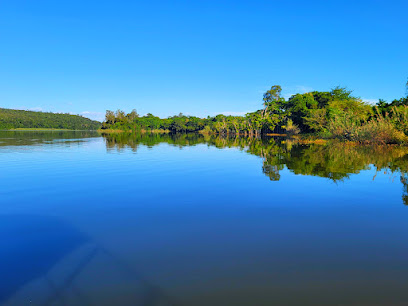
Kirindy Mitea National Park
Explore Kirindy Mitea National Park: A Biodiversity Haven in Madagascar's Pristine Nature.
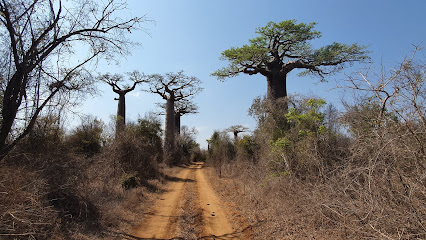
Andringitra National Park
Explore the breathtaking Andringitra National Park, a natural wonderland in Madagascar, featuring stunning landscapes and rich biodiversity.
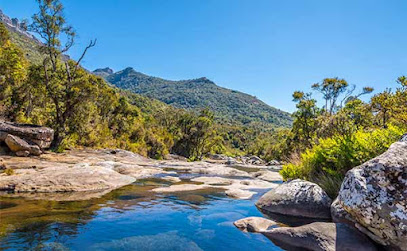
Masoala National Park
Explore the diverse ecosystems and breathtaking landscapes of Masoala National Park, Madagascar's largest national park, rich in biodiversity.
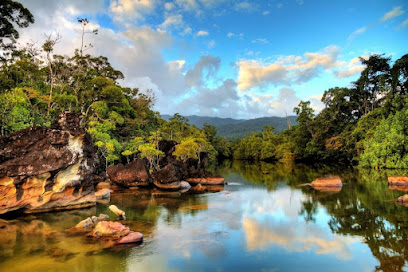
Tsimanampetsotse National Park
Discover the breathtaking natural beauty and unique wildlife of Tsimanampetsotse National Park, Madagascar's hidden gem for nature enthusiasts.
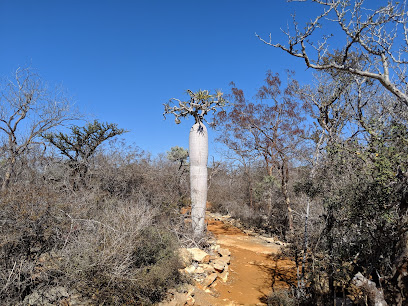
Réserve spéciale d'Andranomena
Experience the breathtaking biodiversity and serene landscapes of Réserve spéciale d'Andranomena, a must-visit destination in Madagascar for nature enthusiasts.
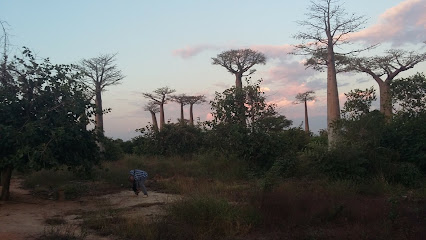
Zahamena National Park
Discover the natural wonders of Zahamena National Park, a pristine paradise in Madagascar filled with unique wildlife and breathtaking landscapes.
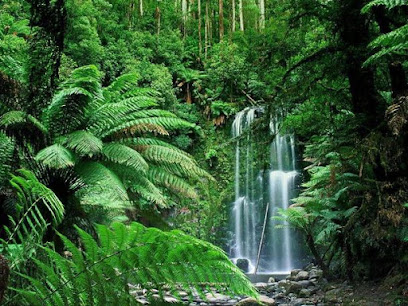
Réserve spéciale de Manombo
Explore the breathtaking biodiversity and scenic beauty of Manombo Special Reserve, a natural sanctuary in the heart of Madagascar.

Unmissable attractions to see
Isalo National Park
Explore Isalo National Park, Madagascar's stunning landscape of sandstone formations, deep canyons, and diverse wildlife, perfect for adventure and nature lovers.
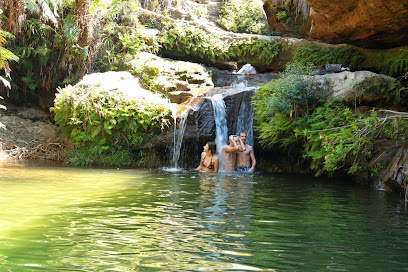
Lemurs Park
Discover the vibrant world of Madagascar's lemurs at Lemurs Park, a stunning sanctuary for wildlife enthusiasts and nature lovers alike.
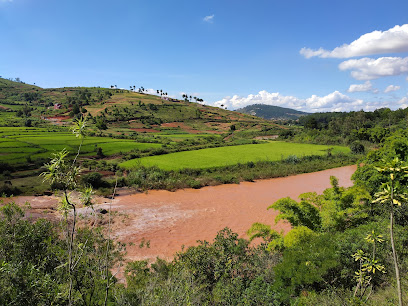
Anja Community Reserve
Discover the natural beauty and cultural richness of Anja Community Reserve in Madagascar, a must-visit destination for eco-tourism enthusiasts.
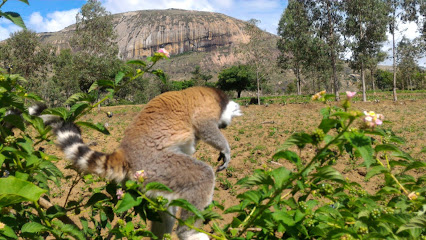
Andasibe-Mantadia National Park
Discover the rich biodiversity and stunning landscapes of Andasibe-Mantadia National Park, Madagascar's natural gem that captivates every nature lover.

Tsingy De Bemaraha National Park
Discover the breathtaking limestone formations and rich biodiversity of Tsingy De Bemaraha National Park, a UNESCO World Heritage site in Madagascar.
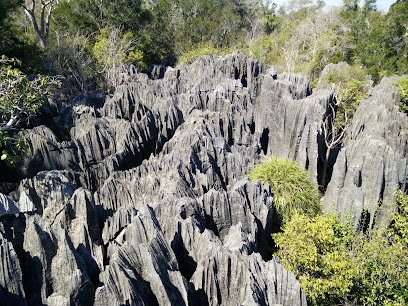
Reserve Reniala
Experience the captivating beauty of Reserve Reniala, a nature preserve in Madagascar renowned for its unique wildlife and tranquil landscapes.
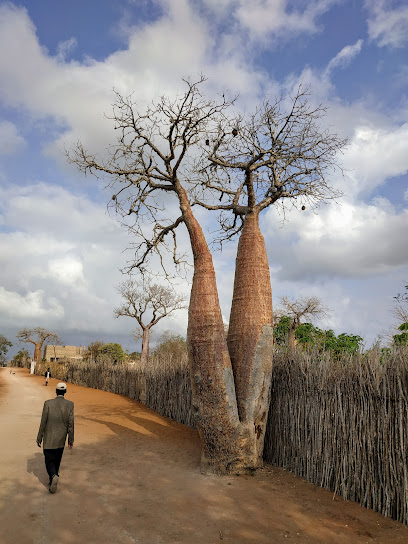
Parc Ivoloina
Explore Parc Ivoloina, a wildlife sanctuary in Madagascar, showcasing lemurs and exotic flora amidst stunning landscapes and conservation efforts.
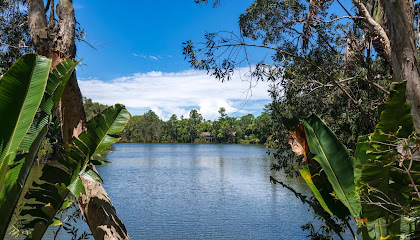
Kirindy Mitea National Park
Discover the diverse ecosystems and unique wildlife of Kirindy Mitea National Park, Madagascar's breathtaking natural wonder.

Andringitra National Park
Discover the stunning landscapes and unique wildlife of Andringitra National Park, a true gem in Madagascar's natural heritage.
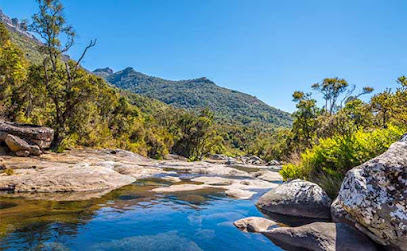
Masoala National Park
Explore the breathtaking biodiversity and stunning landscapes of Masoala National Park, Madagascar's hidden gem for nature lovers and adventurers.
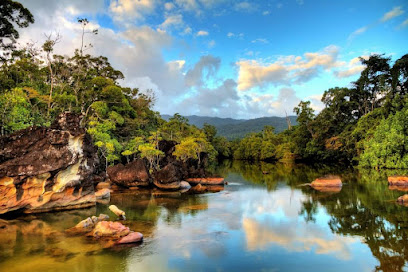
Sam Run
Experience the thrill of Sam Run Amusement Park in Antananarivo, a vibrant tourist attraction filled with rides, games, and unforgettable family fun.

Ranomafana Arboretum
Discover the enchanting Ranomafana Arboretum, a botanical paradise in Madagascar showcasing diverse native flora and serene walking paths.
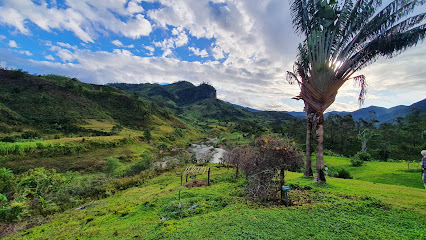
Réserve spéciale d'Andranomena
Explore Réserve spéciale d'Andranomena, Madagascar's stunning wildlife sanctuary, home to unique species and breathtaking natural landscapes.
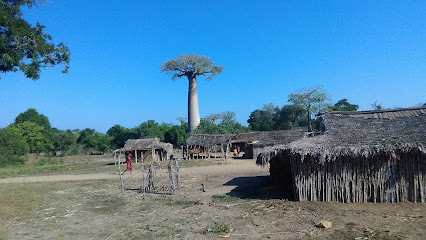
Zahamena National Park
Explore the lush rainforests and unique wildlife of Zahamena National Park, a hidden gem in Madagascar's diverse ecosystem.
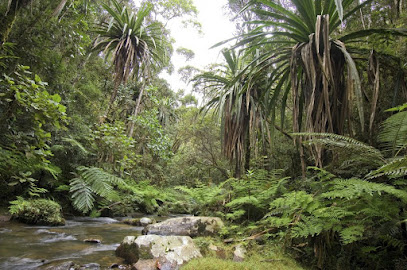
Ranomafana NP Reception and Shop
Discover the rich biodiversity and stunning landscapes of Ranomafana National Park, a true gem of Madagascar's natural heritage.
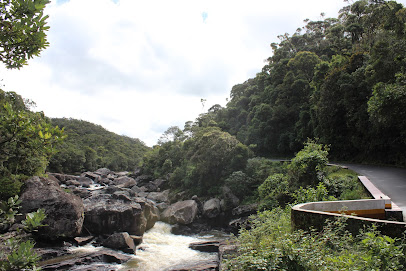
Markets, malls and hidden boutiques
Ranomafana National Park
Discover the biodiversity and natural beauty of Ranomafana National Park, a must-visit destination for nature lovers in Madagascar.
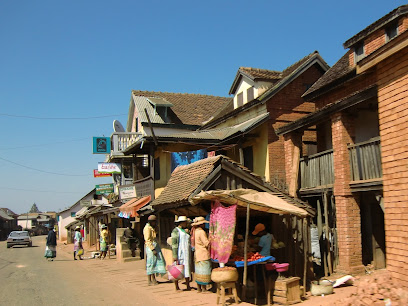
Ranomafana Arboretum
Discover the vibrant flora of Madagascar at the Ranomafana Arboretum, a botanical paradise showcasing the island's unique biodiversity.
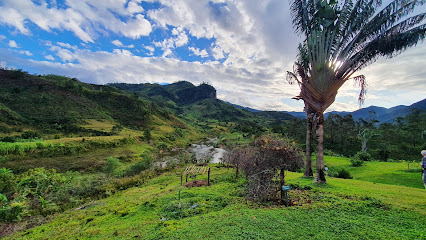
MÍS Boutique Épices de Madagascar
Explore the rich flavors of Madagascar at MÍS Boutique Épices, your premier destination for authentic spices and culinary treasures.
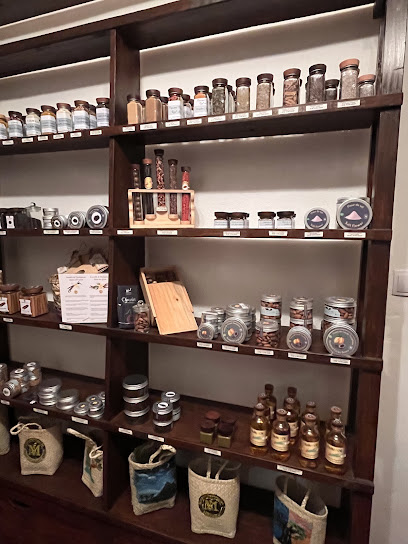
Ranomafana NP Reception and Shop
Explore the captivating landscapes and rich biodiversity of Ranomafana National Park, Madagascar's natural wonder and a paradise for ecotourists.
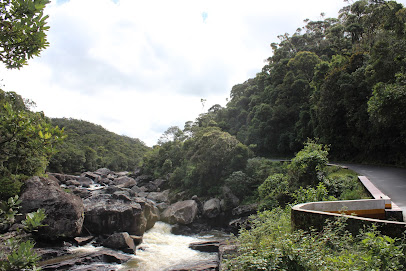
Carrefour Market Ô Matsiatra
Discover the vibrant local culture at Carrefour Market Ô Matsiatra, your go-to supermarket in Fianarantsoa for fresh produce and Malagasy delicacies.

vohiparara
Explore Vohiparara Grocery Store in Vorondolo for a taste of Madagascar's vibrant local flavors and unique artisanal products.

Ranomafana Soarano Trail
Discover the breathtaking landscapes and rich biodiversity of Ranomafana Soarano Trail in Madagascar, a hiker's paradise nestled in nature's embrace.
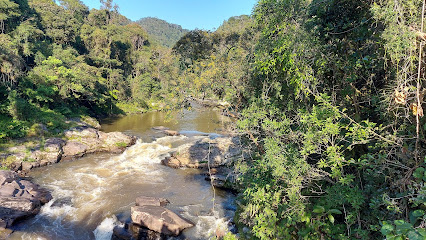
Le Relais Madagascar
Explore the vibrant culture of Madagascar through unique finds at Le Relais, where every piece has a story.
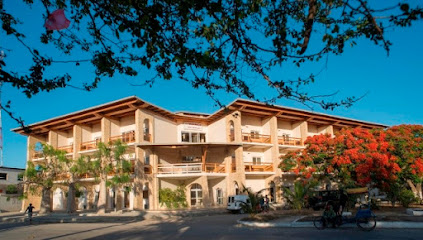
O'matsiatra
Experience the vibrant culture of Fianarantsoa at O'matsiatra, a must-visit shopping mall with unique local crafts and delicious cuisine.

Mme Berthine
Explore the vibrant community of Ranomafana and visit Mme Berthine for essential health supplies and local insights during your travels.

SOAVANA Revente
Explore the vibrant offerings of SOAVANA Revente, a local store in Fianarantsoa, Madagascar, showcasing unique crafts and souvenirs.

Villa saloms
Experience the heart of Fianarantsoa at Villa Saloms, a charming grocery store offering a taste of local flavors and culture.

GOOD SHOP
Explore GOOD SHOP in Fianarantsoa for high-quality work clothes that blend functionality with style, perfect for every adventure.
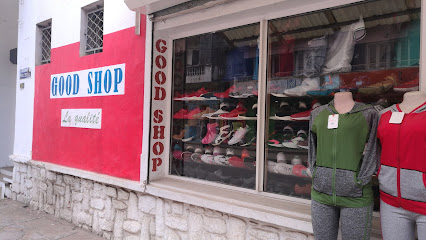
magasin tourmaline
Explore local flavors and vibrant culture at Magasin Tourmaline, Fianarantsoa's premier grocery wholesaler, offering unique products and fresh produce.

EXTREME ORIENT
Discover the vibrant styles of Extreme Orient, a clothing store in Fianarantsoa, showcasing local fashion and unique designs for every taste.

Essential bars & hidden hideouts
Hotel Thermal Ranomafana
Discover the tranquility of Hotel Thermal Ranomafana, a perfect blend of comfort and nature in Madagascar's lush rainforest.
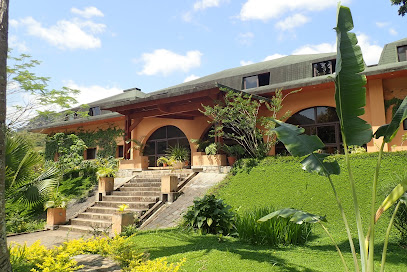
Le Grenat Hotel and Restaurant
Discover comfort and exquisite dining at Le Grenat Hotel, your gateway to the enchanting landscapes of Ranomafana.

Irish Pub Tana
Discover a slice of Ireland in Antananarivo at Irish Pub Tana—where great food, drinks, and live music come together in a vibrant atmosphere.
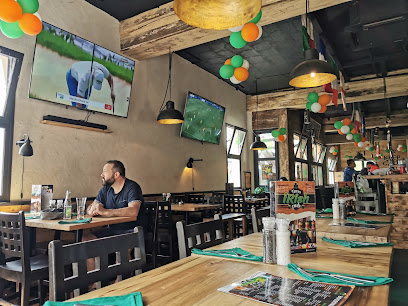
HOTEL MANJA Ranomafana
Experience the serenity and adventure at Hotel Manja in Ranomafana, your gateway to Madagascar's breathtaking national park.

Centrest Hotel Restaurant
Discover the perfect blend of comfort and local cuisine at Centrest Hotel Restaurant in Ranomafana, Madagascar.

Le Point d'Exclamation Lounge Bar
Discover the lively atmosphere of Le Point d'Exclamation Lounge Bar in Antananarivo, featuring cocktails, music, and vibrant nightlife.
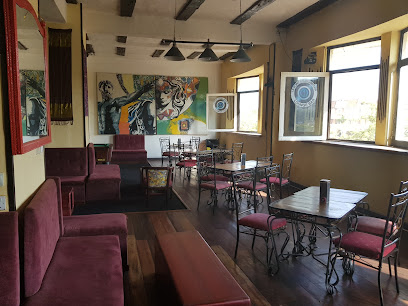
Karibotel Ranomafana
Discover the enchanting Karibotel Ranomafana, your perfect base for exploring Madagascar's stunning national parks and diverse wildlife.

Chez Ninie
Chez Ninie – A Culinary Gem in Fianarantsoa, Offering Authentic Malagasy Flavors and a Cozy Dining Experience.
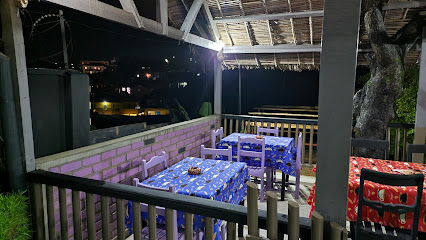
Ny Tanana Hotel Ranomafana
Discover the harmony of comfort and nature at Ny Tanana Hotel Ranomafana, your gateway to Madagascar's stunning landscapes and rich wildlife.

Old 7 bar
Experience the vibrant nightlife at Old 7 Bar in Antananarivo, where great drinks and lively music create unforgettable memories.

Le Plaisir du Goût
Experience the culinary treasures of Madagascar at Le Plaisir du Goût, a charming restaurant in Ranomafana serving authentic local dishes.
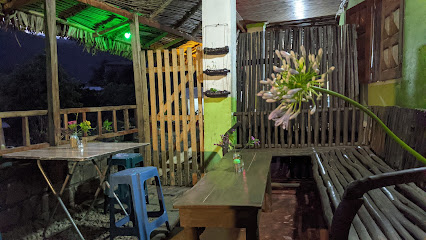
Chez Domm
Discover the authentic taste of Madagascar at Chez Domm, a delightful restaurant in Fianarantsoa known for its vibrant flavors and warm hospitality.
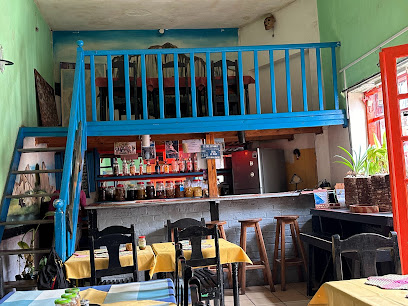
Manson by Marco
Experience the vibrant nightlife of Antananarivo at Manson by Marco, a lively pub offering a unique blend of local and international flavors.
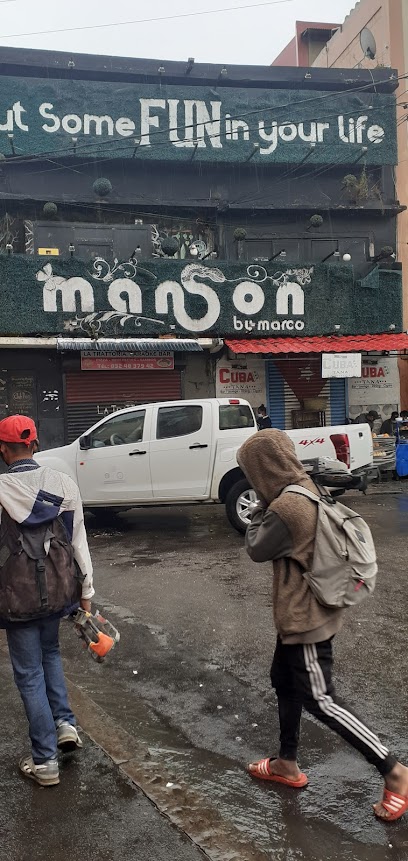
La Table du Rova (le palais)
Discover the flavors of Madagascar at La Table du Rova, a charming restaurant in Fianarantsoa offering a blend of local and international cuisine.
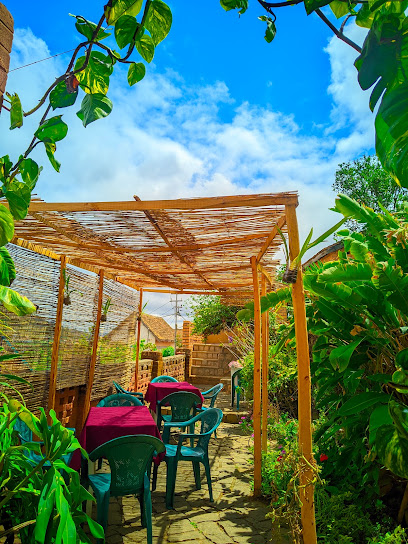
Ranomafana NP Reception and Shop
Explore the lush beauty and rich biodiversity of Ranomafana National Park, Madagascar's gem for eco-tourism and wildlife adventures.
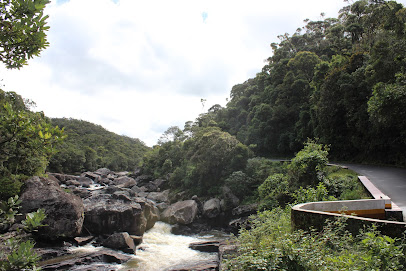
Local Phrases about Ranomafana National Park
-
- HelloSalama
[sa-la-ma] - GoodbyeVeloma
[ve-lo-ma] - YesEny
[e-ny] - NoTsia
[tsi-a] - Please/You're welcomeAzafady
[a-za-fa-dy] - Thank youMisaotra
[mi-sa-oo-tra] - Excuse me/SorryMiala tsiny
[mya-la tsi-ny] - How are you?Manao ahoana ianao?
[ma-nao a-wa-na ya-nao] - Fine. And you?Tsara. Aminao?
[tsa-ra a-mi-nao] - Do you speak English?Mahay teny Anglisy ianao?
[ma-hai te-ni ang-li-sy ya-nao] - I don't understandTsy mahay
[tsi ma-hai]
- HelloSalama
-
- I'd like to see the menu, pleaseTe hahita ny menio, azafady
[te ha-hee-ta ny me-nyoo a-za-fa-dy] - I don't eat meatTsy mihinam-bary
[tsi mi-hi-na-ba-ry] - Cheers!Salamo!
[sa-la-mo] - I would like to pay, pleaseTe hanampy, azafady
[te ha-nam-py a-za-fa-dy]
- I'd like to see the menu, pleaseTe hahita ny menio, azafady
-
- Help!Fanampiana!
[fa-nam-pya-na] - Go away!Mivoaka!
[mi-vwa-ka] - Call the Police!Mangataka ny polisy!
[ma-nga-ta-ka ni po-li-sy] - Call a doctor!Mangataka dokotera!
[ma-nga-ta-ka do-ko-te-ra] - I'm lostTsy hitaona aho
[tsi hi-ta-na a-ho] - I'm illTsy misy soa
[tsi mi-si so-a]
- Help!Fanampiana!
-
- I'd like to buy...Te hahita mando
[te ha-hee-ta man-do] - I'm just lookingMitady fotsy
[mi-ta-dy fo-tsy] - How much is it?Ohatrinona izany?
[o-ha-tri-no-na i-za-ny] - That's too expensiveMahafinaritra izany
[ma-ha-fi-na-ri-tra i-za-ny] - Can you lower the price?Azonao atao ny vidin'ny zavatra?
[a-zo-nao a-ta-o ni vi-di-ni za-va-tra]
- I'd like to buy...Te hahita mando
-
- What time is it?Inona ny ora?
[i-no-na ni o-ra] - It's one o'clockEnina maro
[e-ni-na ma-ro] - Half past (10)Efatra sy folo
[e-fa-tra si fo-lo] - MorningMaraina
[ma-rai-na] - AfternoonAloatra
[a-lo-a-tra] - EveningHariva
[ha-ri-va] - YesterdayOmaly
[o-ma-li] - TodayAnio
[a-nyo] - TomorrowRahampitso
[ra-ham-pit-so] - 1Iray
[i-ray] - 2Roa
[ro-a] - 3Telo
[te-lo] - 4Efatra
[e-fa-tra] - 5Dimy
[di-my] - 6Enina
[e-ni-na] - 7Fitohy
[fi-to-hy] - 8Valo
[va-lo] - 9Sivy
[si-vy] - 10Folo
[fo-lo]
- What time is it?Inona ny ora?
-
- Where's a/the...?Aiza ny...
[ai-za ni] - What's the address?Inona ny adiresy?
[i-no-na ni a-di-re-sy] - Can you show me (on the map)?Azonao atao ny manaraka (amin'ny sarita)?
[a-zo-nao a-ta-o ni ma-na-ra-ka a-mi-ny sa-ri-ta] - When's the next (bus)?Aiza ny farany (bus)?
[ai-za ni fa-ra-ny bus] - A ticket (to ....)Sary
[sa-ry]
- Where's a/the...?Aiza ny...
History of Ranomafana National Park
-
Ranomafana National Park, nestled in the southeastern part of Madagascar, was once home to indigenous tribes who thrived on the land's rich natural resources. These ancient inhabitants, including the Tanala people, lived in harmony with the dense rainforest, practicing slash-and-burn agriculture, hunting, and gathering. Their presence and practices have left an indelible mark on the landscape and biodiversity of the park.
-
The discovery of the critically endangered Golden Bamboo Lemur (Hapalemur aureus) in 1986 by Dr. Patricia Wright was a pivotal moment in the history of Ranomafana. This small primate, known for its unique dietary reliance on bamboo, brought international attention to the region and underscored the importance of conservation efforts. The discovery ultimately led to the establishment of Ranomafana National Park in 1991, which aimed to protect the lemur and its habitat.
-
In 1991, Ranomafana National Park was officially established, encompassing approximately 415 square kilometers of lush rainforest. The park was created as part of Madagascar's broader efforts to preserve its unique biodiversity and to prevent the degradation of its natural habitats. The establishment of the park marked a significant milestone in Madagascar's conservation history, offering protection to numerous endemic species and serving as a model for conservation efforts across the island.
-
In 2007, Ranomafana National Park was designated as a UNESCO World Heritage Site as part of the Rainforests of the Atsinanana. This recognition highlighted the global importance of Madagascar's rainforests and their unique biodiversity. The designation has helped to bolster conservation efforts, attract international research and funding, and increase awareness of the ecological significance of Ranomafana.
-
Since its establishment, Ranomafana National Park has become a prime destination for ecotourism, drawing visitors from around the world who are eager to experience its rich biodiversity and pristine landscapes. The development of ecotourism has provided economic benefits to local communities while promoting sustainable practices. Programs and facilities, such as guided tours, research centers, and eco-lodges, have been established to enhance the visitor experience and support ongoing conservation efforts.
-
Ranomafana National Park has become a hub for scientific research and conservation initiatives. Various international and local organizations collaborate on projects aimed at studying the park's flora and fauna, as well as implementing conservation strategies. These efforts have led to significant discoveries, such as new species and insights into the behavior and ecology of endemic wildlife. The park's research initiatives play a crucial role in informing global conservation policies and practices.
Ranomafana National Park Essentials
-
Ranomafana National Park is located in the southeastern part of Madagascar. The nearest major city is Fianarantsoa, which is approximately 65 kilometers away. The best way to reach Ranomafana is to fly into Ivato International Airport in Antananarivo, the capital city of Madagascar. From Antananarivo, you can either rent a car or take a taxi-brousse (shared taxi) to Fianarantsoa, a journey that takes roughly 10 to 12 hours. From Fianarantsoa, you can continue to Ranomafana by taxi or private vehicle. The road from Fianarantsoa to Ranomafana is well-paved and takes about 1.5 to 2 hours.
-
Within Ranomafana National Park, the primary mode of transportation is on foot, as the park is best explored through its numerous hiking trails. For longer distances, local guides can arrange for 4x4 vehicles. Taxis and taxi-brousse are also available for traveling between the park and nearby towns. Renting a car gives you the flexibility to explore the surrounding areas at your own pace, but ensure your vehicle is suitable for rugged terrain.
-
The official currency of Madagascar is the Malagasy Ariary (MGA). It is advisable to carry cash, as credit cards are not widely accepted in the Ranomafana area. There are no ATMs in Ranomafana, so make sure to withdraw sufficient cash in Fianarantsoa or Antananarivo before heading to the park. Some lodges and hotels may accept credit cards, but it's always best to confirm in advance.
-
Ranomafana National Park is generally safe for tourists, but it is essential to take standard safety precautions. Avoid walking alone at night and keep your belongings secure. While the park itself is safe, be cautious in the nearby towns of Fianarantsoa and Antananarivo, where petty crimes like pickpocketing can occur. Stick to well-populated and well-lit areas and avoid displaying valuable items openly.
-
In case of emergency, the first point of contact should be your lodge or hotel. They can assist with contacting local authorities or medical services. The emergency contact number in Madagascar is 117 for police and 124 for medical emergencies. It is highly recommended to have travel insurance that covers medical emergencies and evacuation. For minor health issues, there are pharmacies in Fianarantsoa, but it's wise to carry a basic first-aid kit.
-
Fashion: Do dress modestly, especially in rural areas. Avoid wearing revealing clothing. Religion: Do respect local customs and traditions. Public Transport: Do be patient and courteous when using public transport. Don't expect punctuality, as schedules can be flexible. Greetings: Do greet people with a handshake and a smile. Learning a few basic Malagasy phrases will be appreciated. Eating & Drinking: Do try local dishes and accept food offerings graciously. Don't drink tap water; always opt for bottled or purified water.
-
To experience Ranomafana National Park like a local, hire a local guide who can provide in-depth knowledge about the flora and fauna. Visit the thermal baths in the nearby village of Ranomafana, which are popular among locals. Engage with the local community and participate in traditional dance and music events if available. Don’t miss visiting the research station run by Centre ValBio, which offers insightful tours about the park's biodiversity and conservation efforts.
Trending Landmarks in Ranomafana National Park
-
Isalo National Park
-
Lemurs Park
-
Anja Community Reserve
-
Andasibe-Mantadia National Park
-
Tsingy De Bemaraha National Park
-
Reserve Reniala
-
Parc Ivoloina
-
Ankarafantsika National Park
-
Kirindy Mitea National Park
-
Andringitra National Park
-
Masoala National Park
-
Tsimanampetsotse National Park
-
Réserve spéciale d'Andranomena
-
Zahamena National Park
-
Réserve spéciale de Manombo
Nearby Cities to Ranomafana National Park
-
Things To Do in Manakara
-
Things To Do in Antsirabe
-
Things To Do in Antananarivo
-
Things To Do in Andasibe
-
Things To Do in Mandrare River
-
Things To Do in Toamasina
-
Things To Do in Fort Dauphin
-
Things To Do in Ifaty
-
Things To Do in Toliara
-
Things To Do in Mahajanga
-
Things To Do in Majunga
-
Things To Do in Nosy Be
-
Things To Do in Chirongui
-
Things To Do in Bandrele
-
Things To Do in Dembeni


